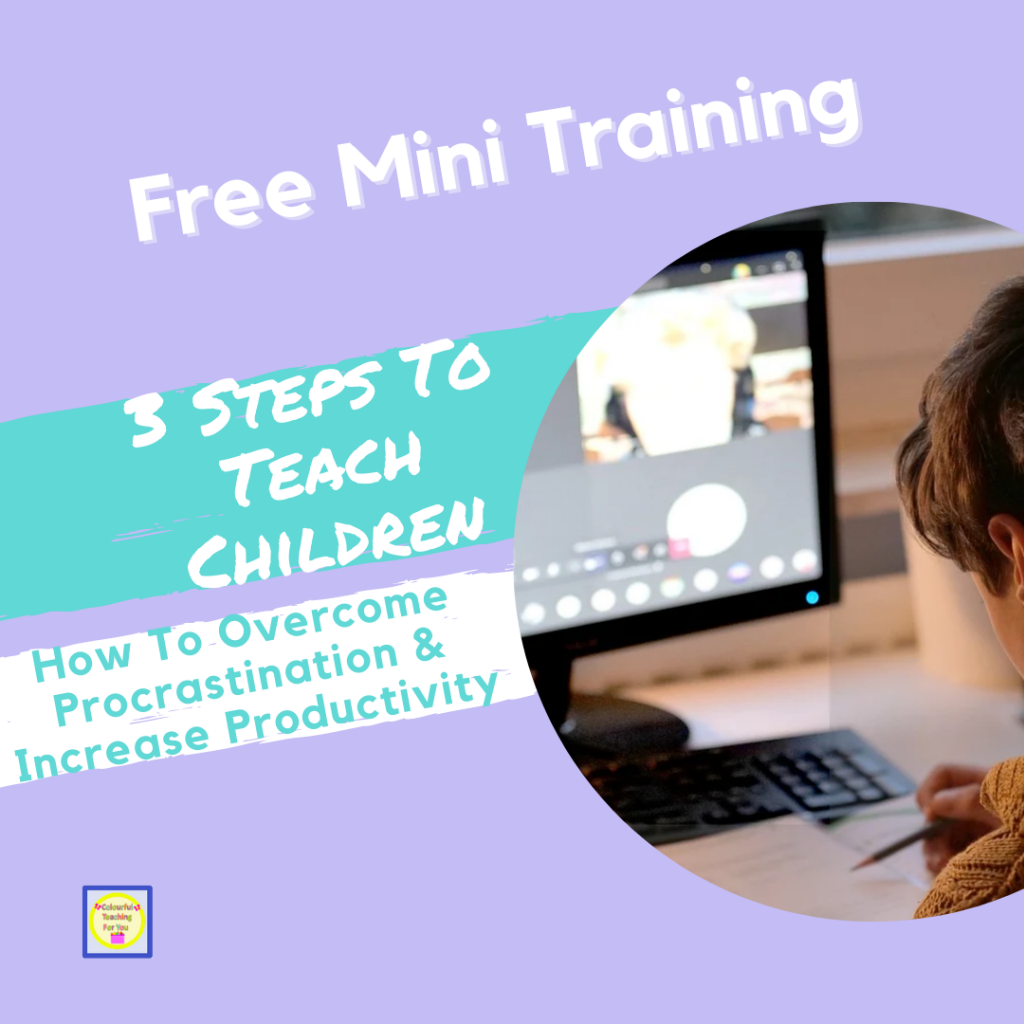
Today we’re going to talk about how to engage students in critical thinking.
With social media and all of the “fake news” that’s being disseminated, it’s essential for us to teach our students how to sift through the material that they learn by using critical thinking skills. This will enable them to interpret and analyze information so that they can form educated opinions. It will help them formulate better arguments that are backed up by evidence.
When children are immersed in critically evaluating resources, they will naturally be more engaged in their learning and will gain the skills they need to think creatively, solve problems, and apply their knowledge to other subjects and in different situations.
When we teach our children critical thinking skills, we’re not showing them what to think, but HOW to think so that they can make well informed decisions.
So, let’s dive into how we can teach this valuable skill to our kids.
Actionable Steps:
#1. Outline Critically
Teach your children about what critical thinking is and why it’s an important skill to develop. Then grab a poster board and outline what your children should keep in mind when they’re engaging in critical thinking. Use the following as a guide:
- Ask meaningful questions- these questions shouldn’t be “yes” or “no” questions but should be open-ended so that you actually do research and respond in long-form answer format.
- Question everything- Don’t believe everything that you’re told and take everyone’s perspectives into consideration.
- Dive deeply into research
- Map out your learning
- Evaluate your work
- Figure out your viewpoint
- Put it all together
#2. Develop Connections
Give you kids some time to work on their own but also in groups so that they can collaborate and discuss their ideas with others. It would also be beneficial to have them go out into their community and discuss their learning with others. This will really teach them to critically evaluate what other people are saying against their own work.
If you choose to go this route, use step four to allow your children to really understand and develop their thoughts.
#3. Encourage Creativity
Give your students room to lay out their thought process and to showcase their learning in creative ways. Allow them to innovate and create projects that involve, art, gamification, story or script writing, building objects, and so much more.
#4. Inspire Reflection
Before and after your students formulate their response have them reflect on their learning and the process. Should or could they have done something differently?
If you’d like a reflection journal and assessment for your class, I created the following for B.C., Canada, but it can be used for anyone. Please click on the image below access yours for your class.
Recap:
Let’s recap really quickly. Today, we looked at the following:
- The concept of critical thinking and why it’s important to teach this skill to your children.
- Three ways to do it: enjoy creating, develop connections, encourage creativity, and inspire reflection.
Free Resources:
If your children are struggling to hand in assignments on time, check out the following video training: 3 Steps to Teach Children How to Overcome Procrastination to Increase Productivity.
In the mean time, if you’re feeling stressed out, overwhelmed and burnout, then I encourage you to check out the following: FREE MASTERCLASS: Systematic Plan to Super Passionate
Next Steps:
In the meantime, take a moment to answer the question in the following image:
If you found this video beneficial, would you do me a favor? Share this with your family, your friends, your loved ones, your co-workers or someone who you think could benefit from this. Thank you!
I’ll see you next Friday at 5:30pm PST.
Until I see you next time, remember to create, experience & teach from the heart.
Take care,
Charlotte





